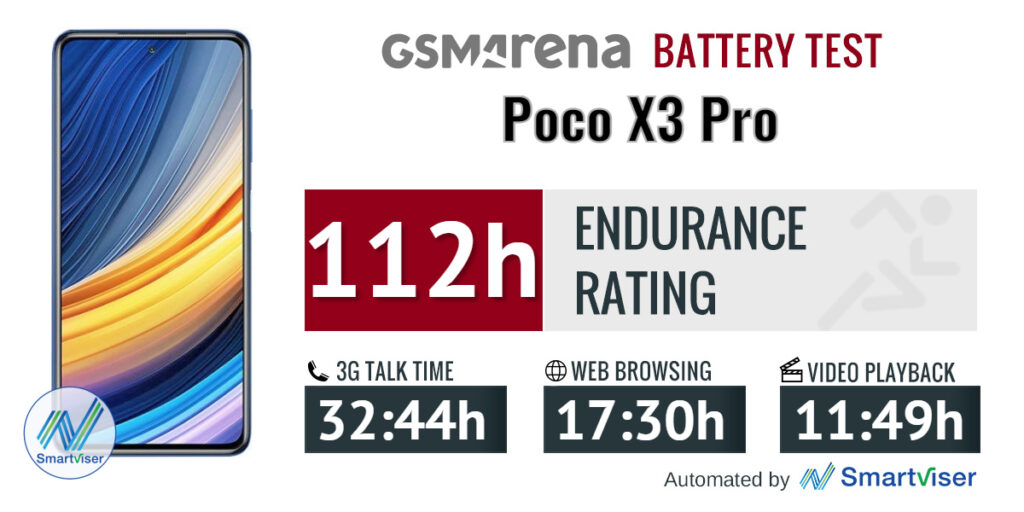A user-friendly navigation makes it easy for your visitors to find the information they're looking for. When done correctly, navigation should feel natural and intuitive while still leading people in the direction you want them to go.
The navigational structure of your site is one of the most important aspects you can optimize for better conversions. Your navigation should appear prominently on every page of your site. The more prominent, the better conversion rate your pages will see.
One common mistake made with navigation is to display certain links only when they're relevant to the page – for example, displaying a menu with your contact information only on pages with contact forms.
Finding the right balance between different types of navigation can be difficult, but always ask yourself if people will expect to see something in your primary or secondary navigation bar when they visit each page on your site.
The main objectives of good navigational structure are:
- Make sure that all website content is accessible to all visitors.
- Keep the number of clicks required to access any given website content at a minimum.
- Provide contextual information about where your visitor is and what they can expect next.
Use the following 5 steps to ensure that your website's navigational structure is user-friendly.
-
Find And List All Of The Website Content And Remove Any Unnecessary Items
This ensures that you're building a complete and accurate map of your site before you begin putting the pieces together. It also serves as a good opportunity to reduce clutter by removing anything that's not necessary or doesn't fit with your current design.
-
Group Related Items Together
If you have a lot of content, this could mean multiple groupings. Instead of one long list, break things up into groups and sub-groups. This helps to reduce the amount of scrolling required for your visitors to access any given piece of information. Keep in mind that you don't want to group things together based on their position on the page. Grouping items by type is sufficient – if they're formatted the same way, use a similar color scheme, or are used in related places across your site!
This may take the form of a drop down menu, list of tabs, or other means through which you can condense multiple pieces of information into one simple click. This is especially useful for long menus that are split across several screens.
Don't use a set of links on one part of your page and a different kind of navigational tool somewhere else! Use the same color scheme, style, and placement throughout your site to create a consistent user experience.
You should always be trying to maximize the amount of content that you can put on any given screen, whether it's your home page or a detailed single product page. Don't put navigation ahead of content – do whatever you can to maximize the amount of content while simultaneously making sure that people can get where they need to go quickly and easily.
We’ve all been there. You click on a link to what you thought was an article or blog post, only to find yourself staring at the same homepage again with no idea how it happened. That feeling of frustration is enough for some users to abandon their online shopping cart and go elsewhere, but not anymore! There are plenty of ways that web designers can make your site easy for visitors to navigate around without getting lost in the process. Whether you want more people coming back or if you just want them making purchases from start-to-finish, we have the right solution for you! Contact our Sharp Tack Media today and let us know if any of these navigation tips can help improve your user experience!








